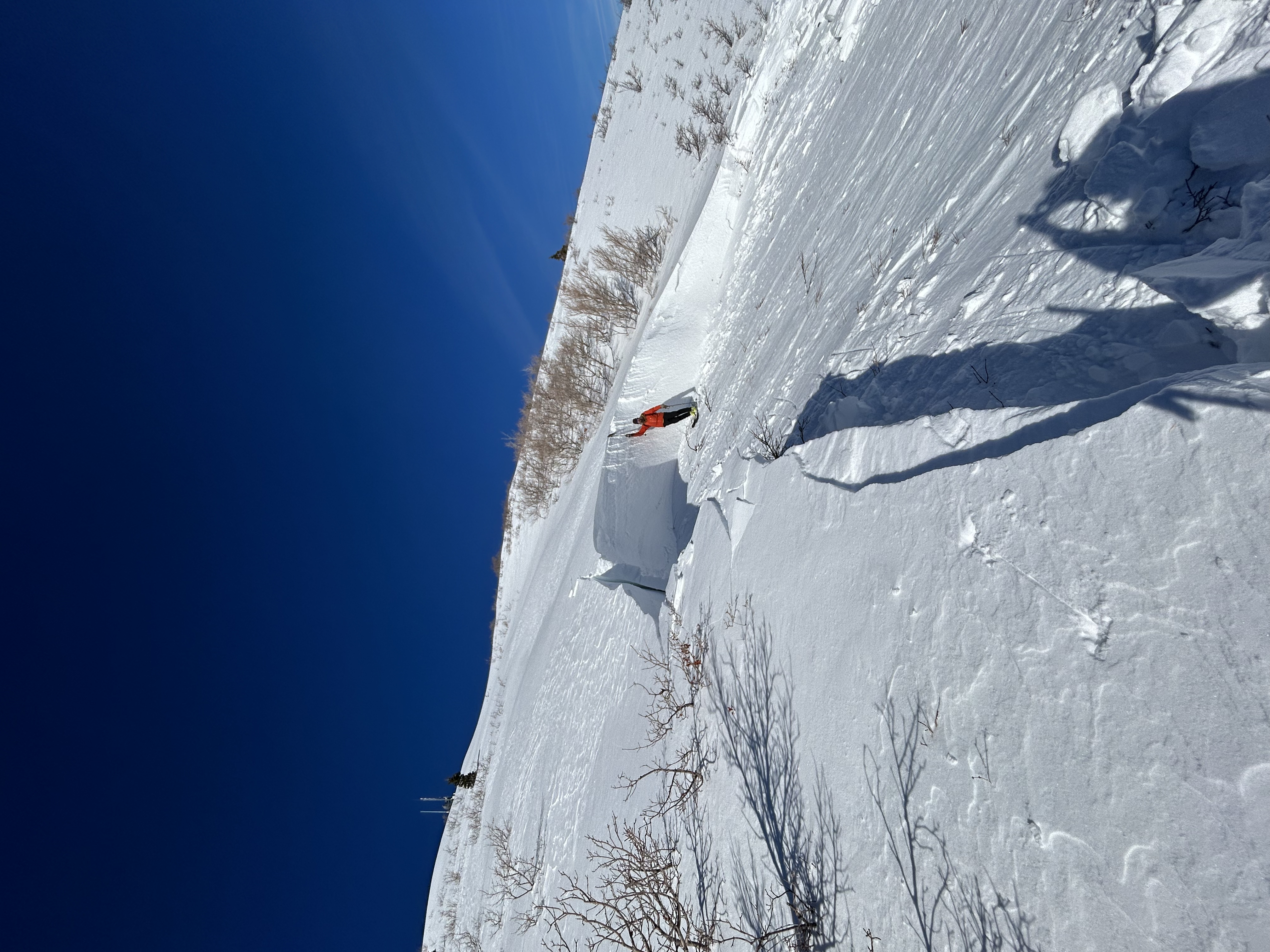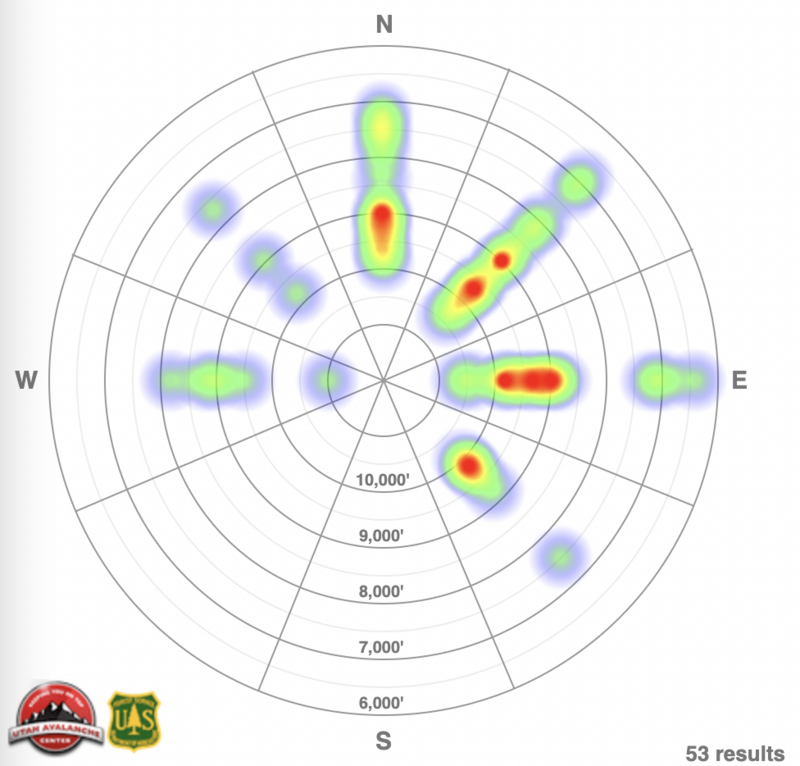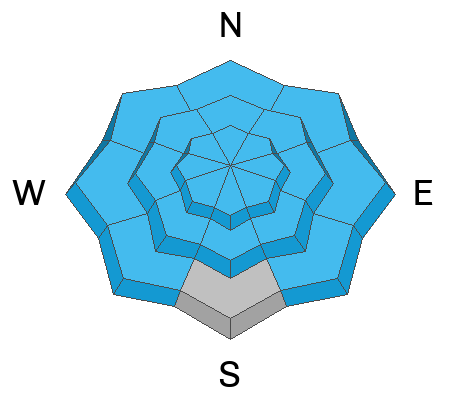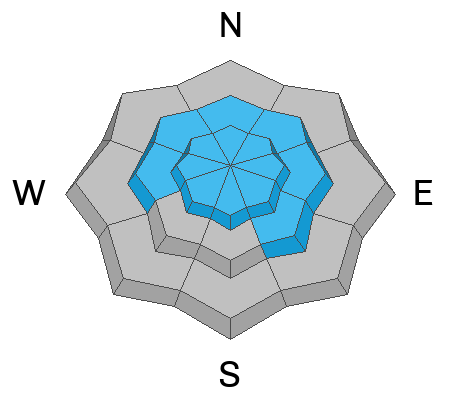Weekend storms delivered unprecedented avy conditions and Extreme danger for the mountains of Northern Utah. Wondering how we got there and where we're going? Well then... you came to the right place!
Please join Craig Gordon 6:00-7:00 tonight for a State of the Snowpack presentation at the A. Ray Olpin Student Union- Saltair Room 200 Central Campus Dr, Salt Lake City, UT 84112.
But wait... there's more! Following Craig's presentation is an amazing panel discussion focusing on Mountain Resilience: Navigating Grief, Long-Term Injury, and Identity Crisis in the Backcountry, delivered by a truly remarkable trio of women... Jess Shade, Jessie Brunelle, and River Barry. More info
HERE.
This morning, the skies are overcast, and snow has resumed in the mountains. Temperatures range in the mid 20s. Winds are coming from the southwest at 20-30 mph, with gusts up to 40 mph. Along the highest elevations, gusts are up to 50 mph. The days of elevated winds have affected the mountains at all elevations.
Today, a trough moving from Oregon to northern Utah will bring significant snowfall, with peak rates of 2 inches per hour between 8 AM and 11 AM. Snow rates will decrease in the afternoon, followed by another wave bringing increased snow rates, from midnight to 4 AM on Thursday. Expected snowfall totals by 5 PM are between 3.5-7.5 inches, with an additional 2-6 inches overnight. Overall, the snow total could range from 10-18 inches with 1.0-1.60 inches of water. Northwest winds will remain elevated, averaging 20-25 mph at mid-elevations and 30-40 mph at the uppermost elevation, with gusts up to 50 mph. Temperatures will climb into the upper 20s and low 30s F.
Yesterday, there were multiple rider triggered avalanches in the backcountry. One of the most noteable being a hardslab avalanche that was triggered above the MF Crust on damp facets by three deer in Trailer Court East at an elevation of 7700 feet on the northeast slopes. The average depth of the avalanche is 3 feet, with one section measuring around 8 feet. Notably, the slab was pulled all the way back onto the flat ridge line. This incident occurred either yesterday morning, or the prior night.
(Photos: Woody)
Overall the area is like a war zone, the last two days of clearing provided an excellent view of the Extreme avalanche conditions. There were numerous avalanches, many breaking at least 4 feet deep at the December persistent weak layer of facets, with some stepping down to the ground. Reports include avalanches on Gobblers Knob in Butler Basin stretching 2500 feet wide and a similar-sized avalanche in the Meadow Chutes of Silver Fork. Ski area control teams triggered numerous avalanches, some reported to be 6-12 feet deep, mostly on north to southeast-facing slopes at mid and upper elevations. However, a couple of natural avalanches occurred near 1000 Springs, leaving a massive debris pile with timber on the upper groomed Mill Creek Canyon path, a couple of miles above the closed gate. According to the old-timers, none of them remembers an avalanche of that magnitude into Mill Creek Canyon.
Avalanche Heat map for the Salt Lake, Provo and Ogden area mountains since Friday 1/12.
Since Friday, we've received information about two complete avalanche burials
(Main Porter, American Fork) and indications of a third, all successfully rescued by partners or bystanders. Additionally, there have been reports of several skiers and riders being caught and carried, with positive outcomes. Unfortunately, a skier lost their life in a Wyoming avalanche on Sunday (
Details).
Be sure to check all the avalanche activity
HERE. 













